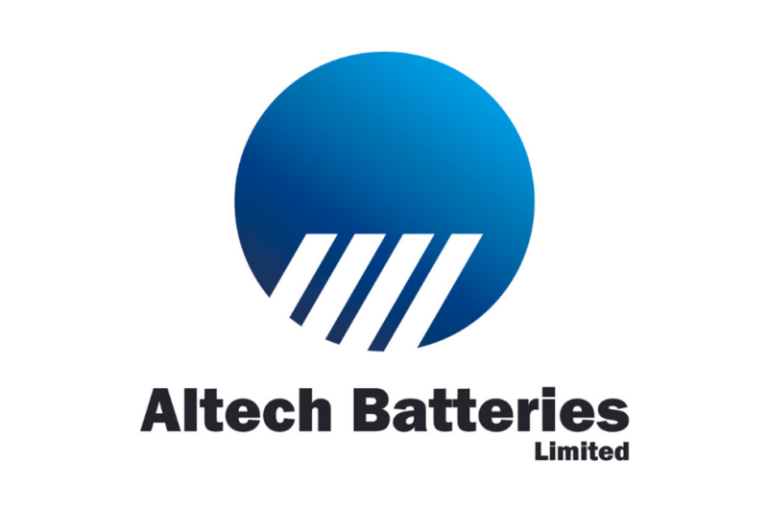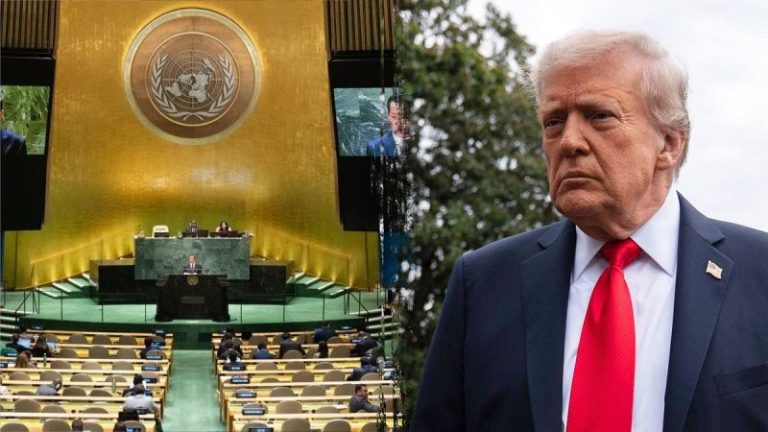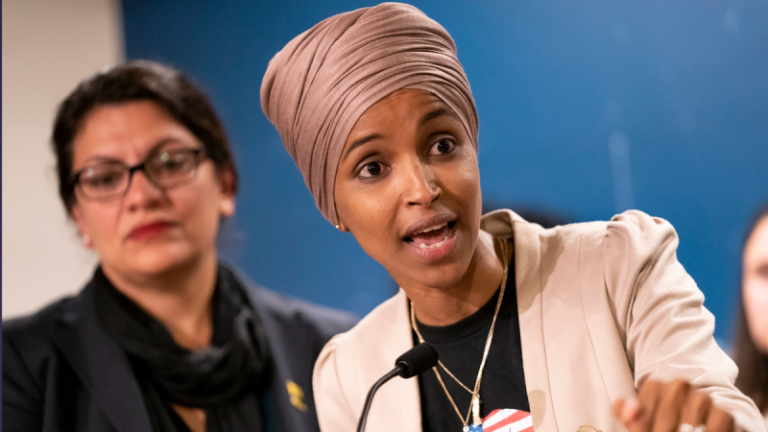Questcorp Mining Inc. (CSE: QQQ,OTC:QQCMF) (OTCQB: QQCMF) (FSE: D910) (the ‘Company’ or ‘Questcorp’) is pleased to announce that it has been invited to Present on the Emerging Growth Conference Thursday September 25th, 2025.
Questcorp invites individual and institutional investors as well as advisors and analysts, to attend its real-time, interactive presentation on the Emerging Growth Conference.
The next Emerging Growth Conference is presenting on Thursday September 25th, 2025. This live, interactive online event will give existing shareholders and the investment community the opportunity to interact with the Company’s President, CEO and Founding Director in real time.
Mr. Dhillon will give a presentation and may subsequently open the floor for questions. Please submit your questions in advance to Questions@EmergingGrowth.com or ask your questions during the event and Mr. Dhillon will do his best to get through as many of them as possible.
Questcorp Mining Inc. will be presenting at 12:00PM Eastern time for 30 minutes.
Please register here to ensure you are able to attend the conference and receive any updates that are released.
https://goto.webcasts.com/starthere.jsp?ei=1717091&tp_key=c78a55764a&sti=qqcmf
If attendees are not able to join the event live on the day of the conference, an archived webcast will also be made available on EmergingGrowth.com and on the Emerging Growth YouTube Channel, http://www.YouTube.com/EmergingGrowthConference. We will release a link to that after the event.
About the Emerging Growth Conference
The Emerging Growth conference is an effective way for public companies to present and communicate their new products, services and other major announcements to the investment community from the convenience of their office, in a time efficient manner.
The Conference focus and coverage includes companies in a wide range of growth sectors, with strong management teams, innovative products & services, focused strategy, execution, and the overall potential for long term growth. Its audience includes potentially tens of thousands of Individual and Institutional investors, as well as Investment advisors and analysts.
All sessions will be conducted through video webcasts and will take place in the Eastern time zone.
About Questcorp Mining Inc.
Questcorp Mining is engaged in the business of the acquisition and exploration of mineral properties in North America, with the objective of locating and developing economic precious and base metals properties of merit. The company holds an option to acquire an undivided 100-per-cent interest in and to mineral claims totalling 1,168.09 hectares comprising the North Island copper property, on Vancouver Island, B.C., subject to a royalty obligation. The company also holds an option to acquire an undivided 100-per-cent interest in and to mineral claims totalling 2,520.2 hectares comprising the La Union project located in Sonora, Mexico, subject to a royalty obligation.
ON BEHALF OF THE BOARD OF DIRECTORS,
Saf Dhillon
President & CEO
Questcorp Mining Inc.
saf@questcorpmining.ca
Tel. (604-484-3031)
Suite 550, 800 West Pender Street
Vancouver, British Columbia
V6C 2V6.
Forward-looking statements consist of statements that are not purely historical, including any statements regarding beliefs, plans, expectations or intentions regarding the future. Such statements are subject to risks and uncertainties that may cause actual results, performance or developments to differ materially from those contained in the statements. No assurance can be given that any of the events anticipated by the forward-looking statements will occur or, if they do occur, what benefits the Company will obtain from them. Except as required by the securities disclosure laws and regulations applicable to the Company, the Company undertakes no obligation to update these forward-looking statements if management’s beliefs, estimates or opinions, or other factors, should change.
To view the source version of this press release, please visit https://www.newsfilecorp.com/release/267524
News Provided by Newsfile via QuoteMedia










